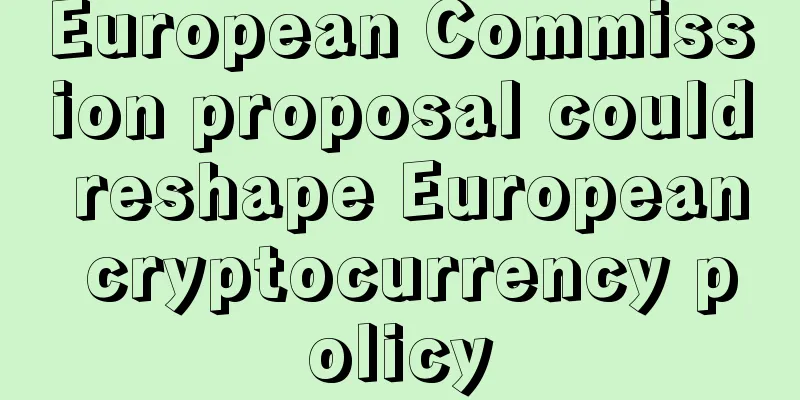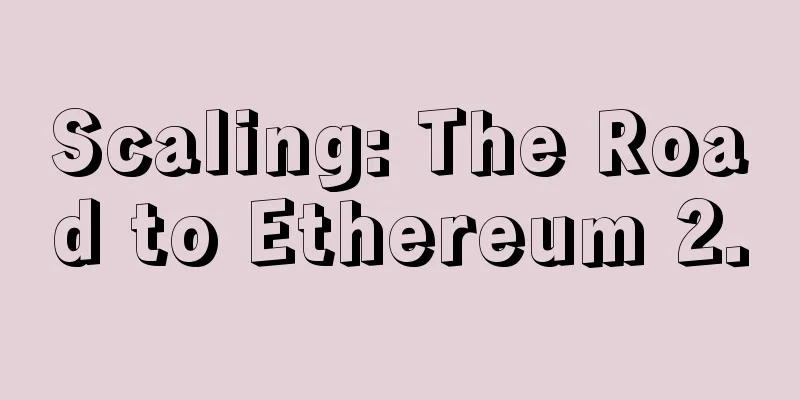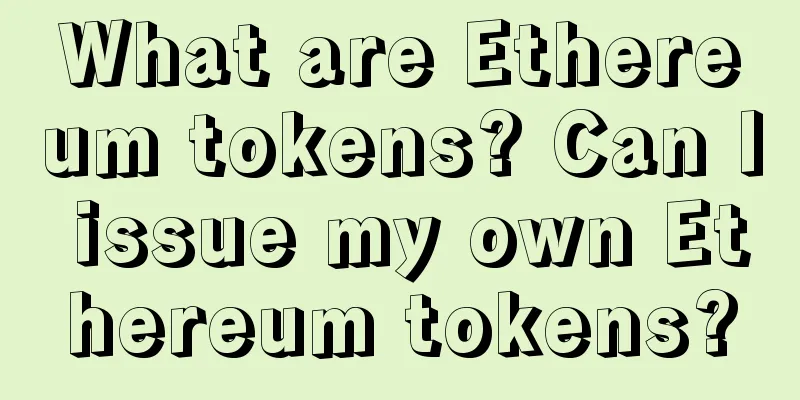European Commission proposal could reshape European cryptocurrency policy

Translation: Height difference signal is full Recently, the European Commission (EC) announced the EU Anti-Money Laundering and Counter-Terrorism Financing Regulatory Plan (the Fourth Anti-Money Laundering Directive or 4AMLD), which mainly targets virtual currency transactions and possible virtual wallet providers. The plan is part of the European Commission's multi-pronged approach to combating terrorist financing. While the announcement of this plan came as no surprise, another proposal from the European Commission, which has received far less publicity and has been somewhat overlooked, is likely to change the status quo of virtual currency regulation in the EU. Outdated ideas EU institutions have spoken publicly on several occasions about bringing virtual currencies under anti-money laundering/counter-terrorist financing (AML/CTF) regulation – for example, the European Banking Authority made such remarks in 2014, and others spoke out after the Paris terrorist attacks in February and November 2015. It appears that the terrorist attacks in Paris have finally prompted the European Commission to take regulatory action. Interestingly, the EU may have made changes mainly to the 4AMLD directive (details of which will be announced in the second quarter of 2016), although the directive was only adopted in May 2015 and EU member states will need time to implement the new regulatory policies. This is not surprising as jurisdictions in other countries (including the United States and Canada) have introduced or are considering introducing similar regulations (for example, the United Kingdom and Australia). The above measures are also recommended by the Financial Action Task Force (FATF), an intergovernmental body responsible for setting international standards for anti-money laundering and combating the financing of terrorism (AML/CTF) and providing assistance in the implementation of AML/CTF. Breakthrough proposal In addition to plans to expand the scope of 4AMLD to cover digital currency transactions, the European Commission briefly introduced another regulatory concept that was not even mentioned in the media. The impact (if implemented) seems to be even more far-reaching. The European Commission announced that they will consider using the licensing and supervision regulations of the Payment Services Directive (PSD, a new version of which was implemented in 2015, 2PSD) to regulate digital currency exchanges in order to “better understand and control the market.” The PSD is one of the cornerstones of the EU’s single payments market. The regulation establishes rules for payment services and contains a catalogue of payment services. Companies providing payment services must meet numerous regulatory requirements, including supervisory rules for the issuance of licenses, which the European Commission intends to use to regulate digital currency trading. This approach seems to make sense. It is clear that there are two laws in the EU that are very suitable for regulating cryptocurrencies: PSD and another related directive, the E-Money Directive (EMD). The EU is currently formulating a new "3EMD", which is likely to include some changes in this directive. Re-examining basic assumptions The really important question is how the current PSD regulatory approach works. A key part of the PSD is the definition of “money”, which currently includes cash, bank deposits, and electronic money (regulated by the EMD). Cryptocurrencies do not fall into any of these categories, a view that has been confirmed by the European Central Bank (ECB) and others. The European Commission believes that although the PSD does not currently bring digital currencies under its supervision, it is better to use some provisions of the PSD to regulate digital currency transactions. Therefore, deep regulatory changes are necessary, which means more than just adding a few clauses to expand the scope of licensing and supervision regulations to include digital currency transactions. New regulations should re-examine the basic assumptions and concepts of the PSD, including the definitions of “funds”, “payment transaction” or “payment institution”. How should stakeholders respond? Since the current European Commission's plan is very broad, it is difficult to evaluate it, but the EU is likely to allow cryptocurrencies to enter the EU payment services regulation. A host of proposals are likely to follow, ranging from cautious and restrained to sweeping regulatory proposals. Companies affected by regulatory changes must closely monitor developments and be prepared to respond. |
<<: Coinbase CEO: Bitcoin Roundtable consensus proposal is too little, too late
>>: The bottom-level dispute ended and a new agreement was reached
Recommend
How to read palmistry and destiny
A person's destiny can be seen from the palm ...
My opinion on the Bitcoin survival guide
Chapter 0 Introduction I haven't found any go...
Different ears have different blessings. See which one you are.
In ancient my country, there is a saying that wis...
A bad-tempered woman who curses at the slightest displeasure.
If you want to keep a good mood every day, in add...
Trump orders the creation of a sovereign wealth fund
On February 3rd local time, US President Trump si...
Teach you how to see the relationship between the success line, marriage line and love line
Everyone has all kinds of strange lines on their ...
What does it mean if a woman has a cinnabar mole on her palm?
Moles are generally formed at birth, and there ar...
People with these facial features are most likely to fight violence with violence.
There are always some people in society who rely ...
Analysis of the facial features of a woman who is loved by her husband
Facial features can reflect a person's destiny...
What does it mean if there is no wealth line on the palm?
In palmistry, we can test our own fortune by look...
Man steals bitcoin from company and loses it awaiting prosecution
Mining is difficult and people cannot afford to b...
Hong Kong issues first cryptocurrency license, limited to professional investors of more than 8 million. Will Beijing take this into consideration?
On December 15, OSL Exchange, a subsidiary of BC ...
MIT to offer blockchain course to inspire next generation of digital currency leaders
Following Stanford University’s announcement that...
Can AMM liquidity mining become a sustainable business model?
Written by: Cui Chen, works at HashKey Capital Re...
Palmistry fortune telling: how many children are destined
Palmistry fortune telling: how many children are ...









